
Preserving Maritime Cultural Heritage through Music
Now a PhD student at the University of St Andrews, Claudia Lubao’s music has set a precedent in bringing cultural heritage to new audiences

Now a PhD student at the University of St Andrews, Claudia Lubao’s music has set a precedent in bringing cultural heritage to new audiences
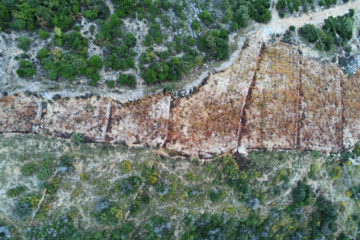
Environmental radiation can teach us a lot about the world and its history, and the University now has the capacity to measure it self-sufficiently.
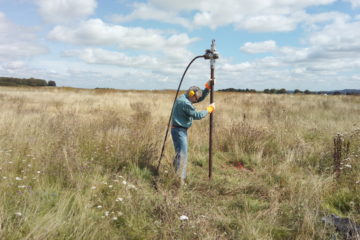
Researchers from the School of Earth and Environmental Sciences are part of the team that discovered a massive Neolithic structure near Stonehenge, thought to be the largest prehistoric structure ever found in…
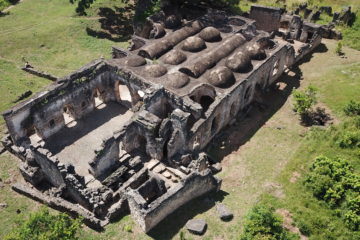
By crowdsourcing images of destroyed heritage, Professor Richard Bates offers a glimpse into a world as it used to be.
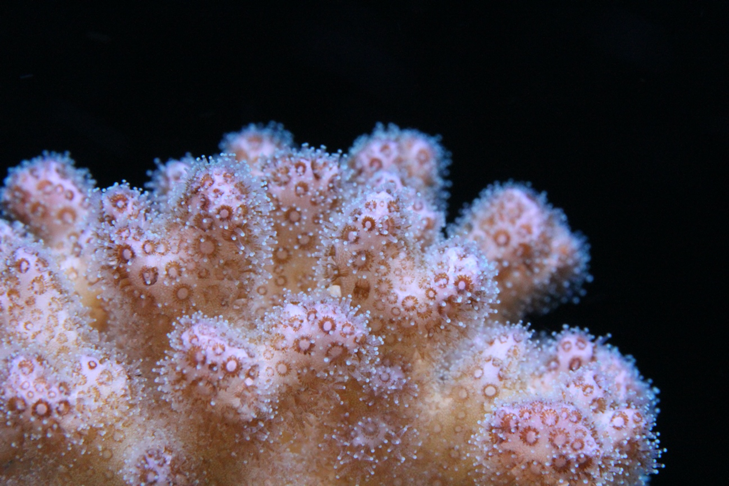
Dr Nicola Allison has been a researcher at the University of St Andrews for twenty years. Throughout her career studying biomineralisation she has worked in many exciting places, such as Thailand or Hawaii. From…
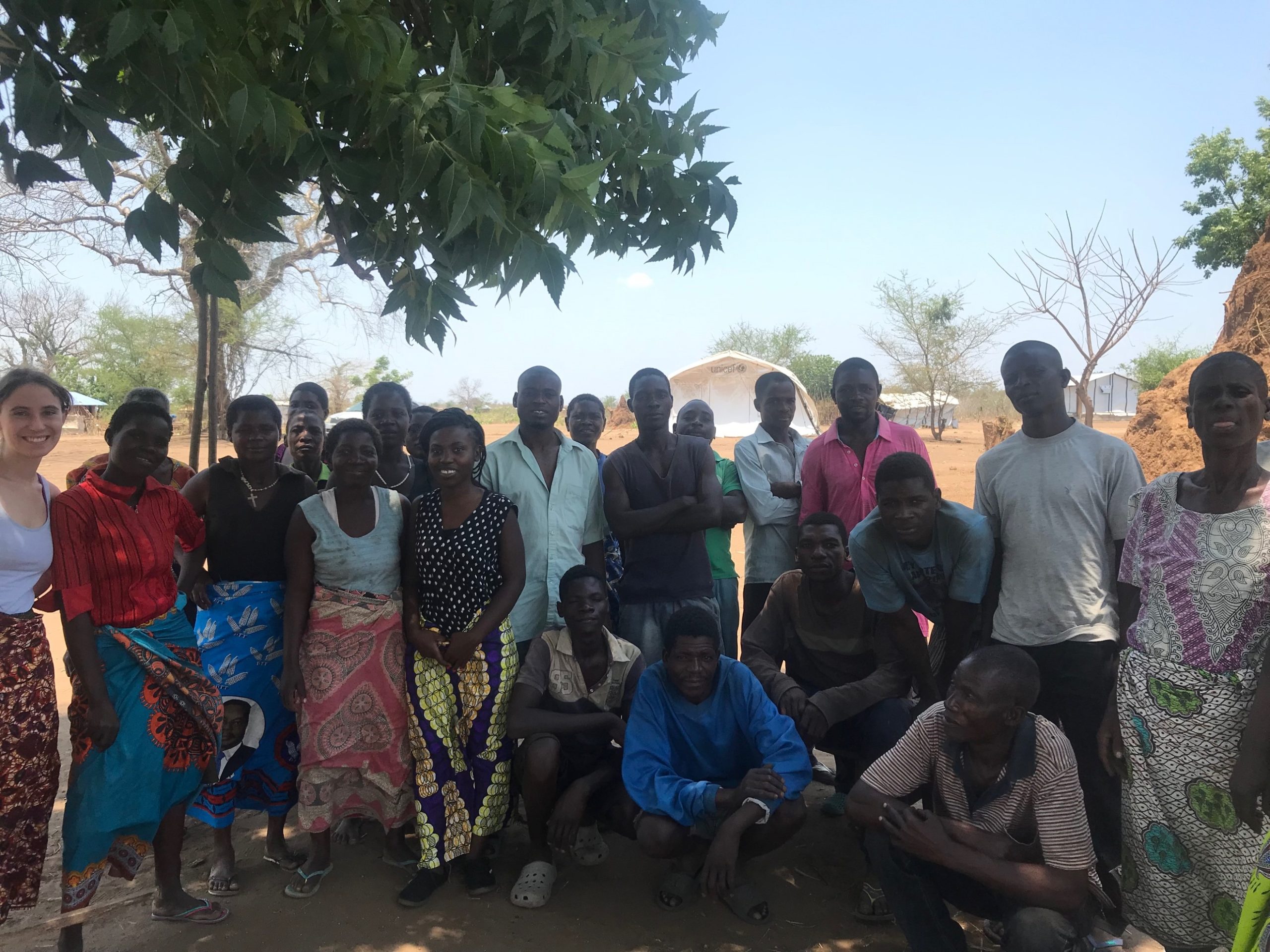
PhD Intern: Hebe Nicholson, School of Geography & Sustainable Development The KE & Impact PhD internship was a great opportunity for me to build on existing knowledge and contacts from my PhD research to produce a…
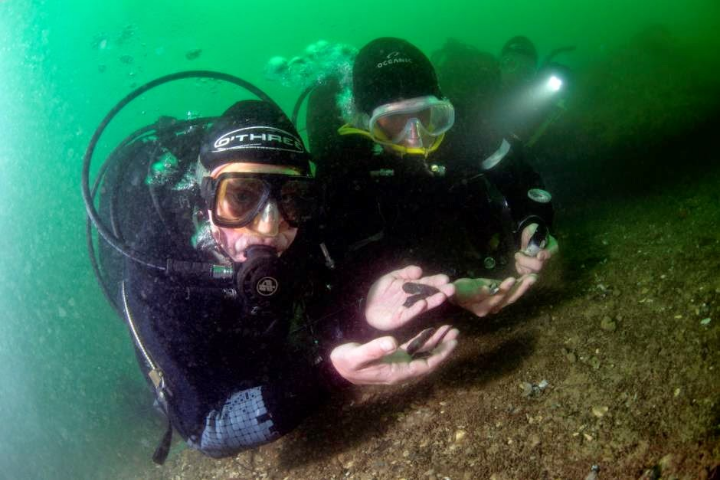
Long before we had mountains of grain and vast lakes of wine accumulating to excess across the continent our ancestors had worked out that the best entrepreneurial way to stay ahead was through trade with as wide a…
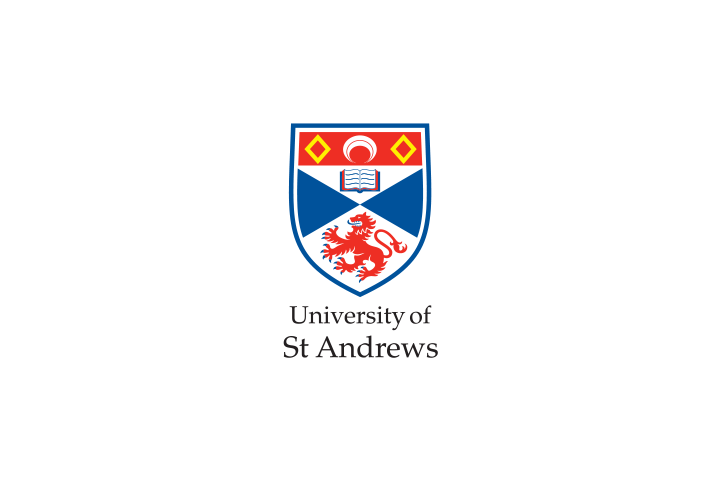
Scientists have long puzzled over the processes that caused CO2 to rise and help end the last ice age. Leading theories have involved increased CO2 release from the deep ocean around Antarctica, but there has been no…
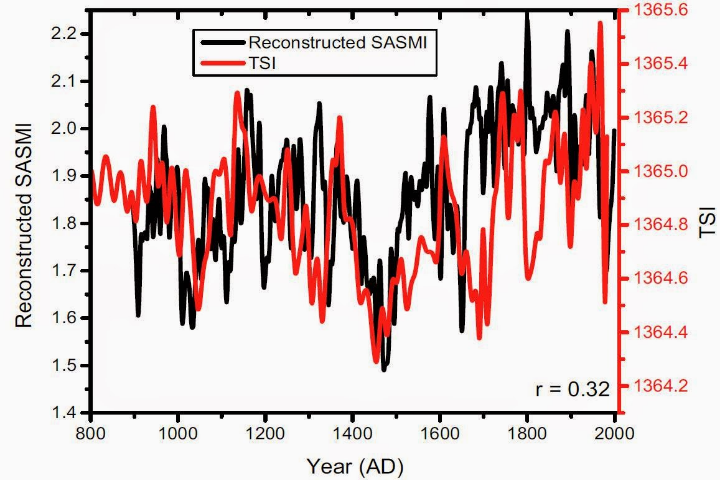
The South Asian summer monsoon (SASM) is a major atmospheric synoptic climate system affecting nearly a quarter of the human population. Dr Rob Wilson, Department of Earth and Environmental Sciences, with co-authors…

Searching for the essence of life on Earth, understanding climate change and investigating the spread of diseases – these are a few examples of the fundamental research that academics at St Andrews will be tackling…